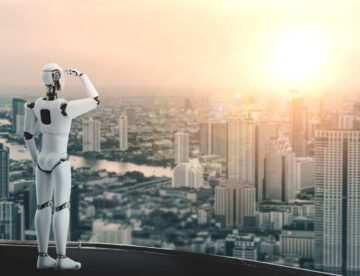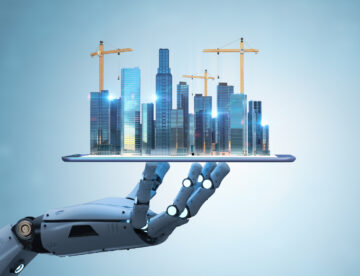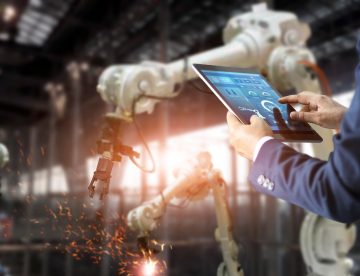
We’re living in a time when many of our roads, bridges and buildings are getting old and showing signs of wear. It’s like they’re all getting sick at the same time, making it impossible for inspectors to keep up with the job of checking out every crack, creak or crumble. This is a big problem, because if problems are not caught early, they can deteriorate and even lead to dangerous failures.
Here’s where some clever minds at Drexel University in the US come in. Read this week’s blog to find out more about how they’ve developed a system that uses robots and artificial intelligence (AI) to help with the inspections.

Over the past few months, we’ve witnessed a race in the launch of Artificial Intelligence (AI) technology that has been trained to interact with humans in a conversational way.
Natural language models like Open AI’s ChatGPT and Google’s Bard can produce pieces of creative writing, translate copy, summarise lengthy texts, access vast amounts of data to answer queries and have a human-like conversation. Whilst experimenting with these technologies can be both useful and fun, this has got us wondering whether AI might soon be taking on other creative work such as designing a building (or perhaps it is already)? Take a look at what we found out in this week’s blog.

Manufacturing industries have been developing and using robotics for several decades, the first example being a robot that was capable of transferring objects from one point to another within a distance of around three and a half metres, designed by George Devol in 1954.
Jump forwards to today and intelligent robots have taken over many of the manufacturing tasks that require high precision, speed and endurance. They are becoming smarter, more flexible and increasingly capable of working independently of humans. It’s safe to say that, without robots, most large manufacturing companies would struggle to survive.
With such advancement taking place in one sector, we thought we’d take a look at what’s happening in construction. Read on to find out three ways in which our industry is joining the robotic revolution.
